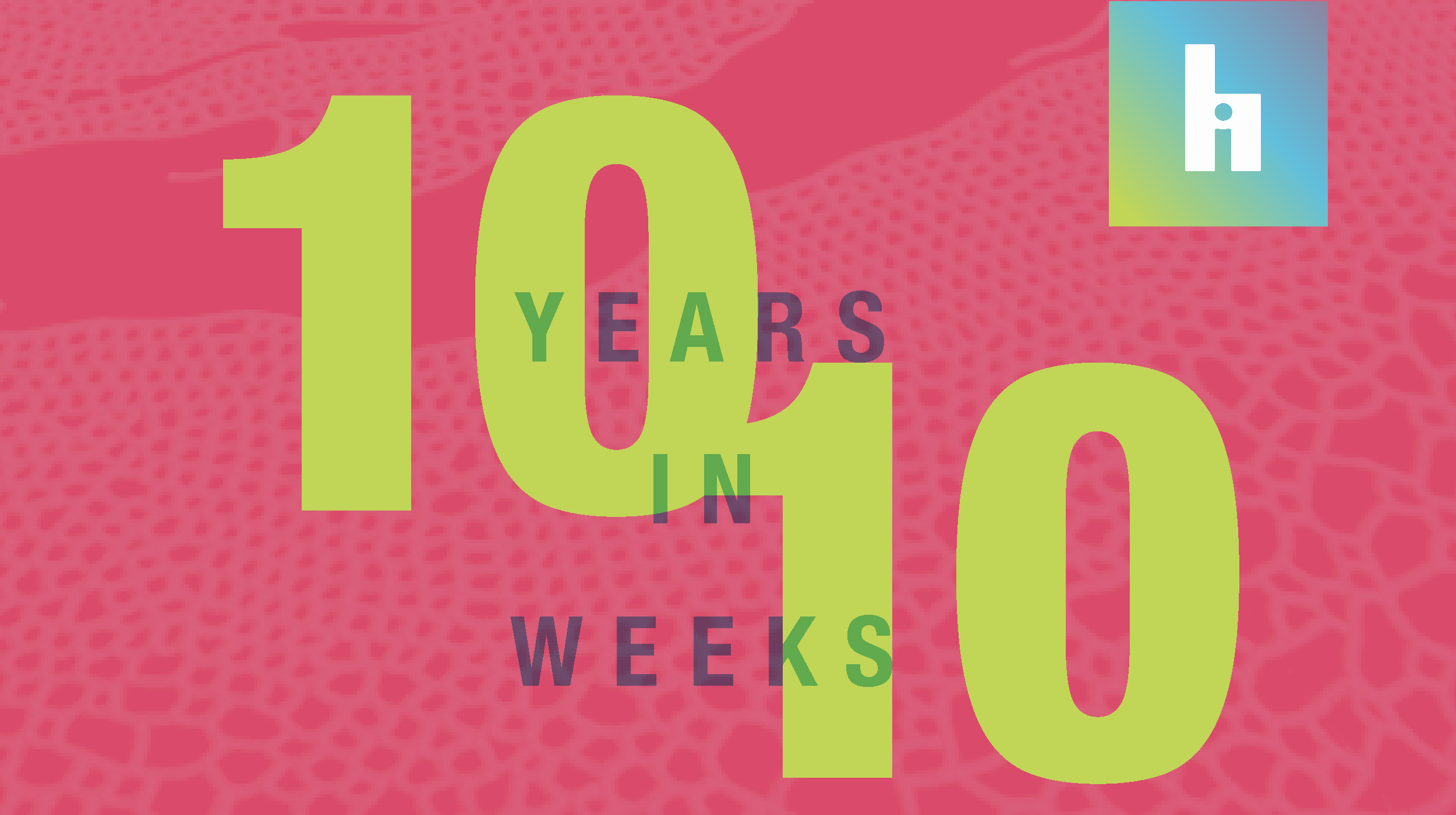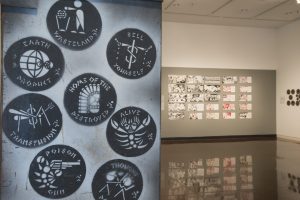


An entirely virtual exhibition, 10/10–Reflections on a Decade of Exhibitions celebrates ten years of exhibitions, partnerships, and programs produced in the Halsey Institute of Contemporary Art’s current gallery space inside the Marion and Wayland H. Cato Jr. Center for the Arts at the College of Charleston. We are spending summer 2020 taking a look back on the adventurous artists we’ve hosted and projects we’ve produced in that time. Over ten weeks, we will be taking a deep dive into each year, featuring blog posts on exhibitions, interviews with artists, and other explorations into the Halsey Institute’s past. This week we are profiling our exhibitions from the year 2017.
We began 2017 with Ronald Ramsey’s Ahead of the Wrecking Ball, a project native to Charleston. This exhibition featured a collection of drawings documenting now demolished historic Charleston buildings accompanied by their ephemera and physical remains. A self-taught artist, Ramsey also created “imagined buildings” which are composites of details from actual buildings he studied and drew.

Anthony Dominguez, EXIT/ALIVE: The Art of Anthony Dominguez, 2017, installation view. Photo: Rick Rhodes.
Shown concurrently with Ramsey was EXIT/ALIVE, a collection of works by Anthony Dominguez. Dominguez chose to live outside of society, without a job or home. His work shown in EXIT/ALIVE was created from materials found on New York City streets, such as discarded fabric and bleach. He worked with text and image to create poignant social messages primarily commenting on consumerism and modern capitalism.
In May we presented, Scratching the Surface, featuring work by Tom Stanley. The artist employed a technique called ‘sgraffito’ where he scratches off top layers of paint to reveal different colors underneath. In Stanley’s paintings, the scratches add depth by suggesting tumult and disorder, in contrast with the geometrically painted surface beneath.
Marc Trujillo paints the in-between of America. His August 2017 show at the Halsey, American Purgatory explored the fluorescently-lit non-places that are omnipresent in much of American life. The bus stops, airports, diners, gas stations, and grocery stores that many of us pass through with little thought beyond our desire to leave are the focus of Trujillo’s painting. He recreates the places that look uncannily identical no matter the distance between them, like strip malls and fast-food joints.
Richarda De Eccher’s Montagna was a series of cropped, seemingly anonymous mountains, shown simultaneously with American Purgatory. The ethereal nature of these mountainscapes is a clear counterpoint to Trujillo’s exploration of built, artificial, and recognizable spaces. De Eccher’s paintings remind viewers of the unexplored and undiscovered wonders that lie outside of our constructed world.
The Halsey ended the year with SEA CHANGE, featuring artists Aurora Robson and Chris Jordan. Presented with the South Carolina Aquarium, SEA CHANGE explored the immense and growing volume of sea plastics, a particularly evident issue in coastal cities like Charleston.
Robson’s The Tide is High used ocean plastics and debris to create an organic and oceanic looking installation, imagining a beautiful future for the waste we discard daily.
Chris Jordan’s Midway presented photographic and video evidence of our material impact on the oceans, including documentation of the deleterious effects of our consumption on far away places like the Midway Atoll.